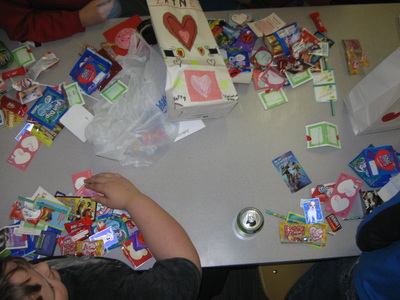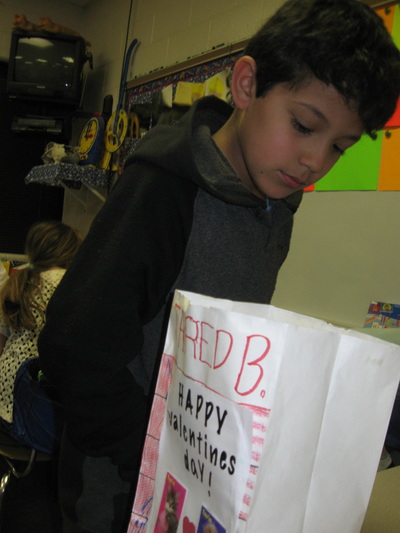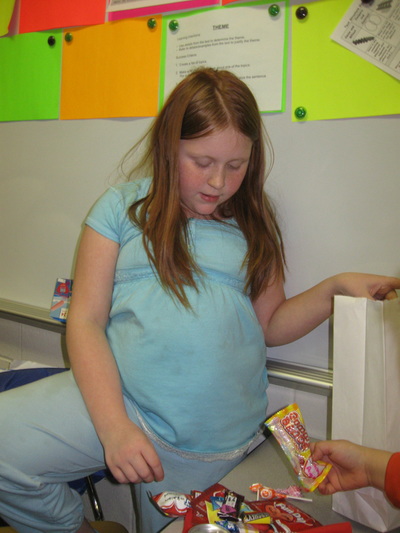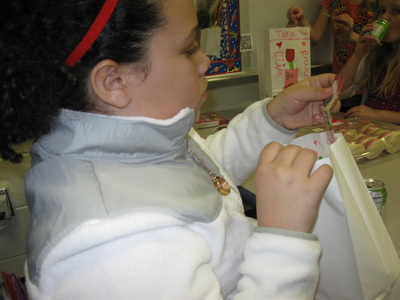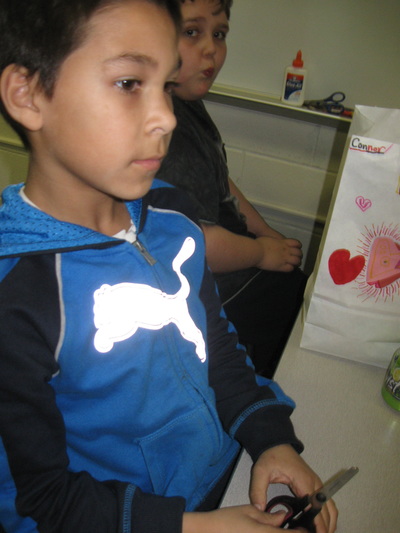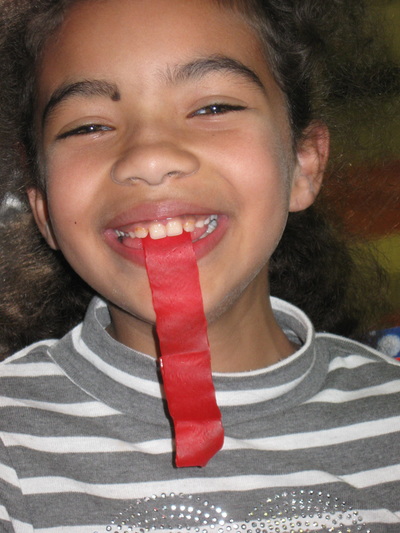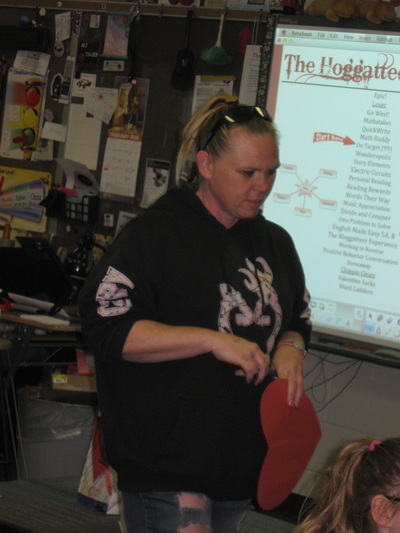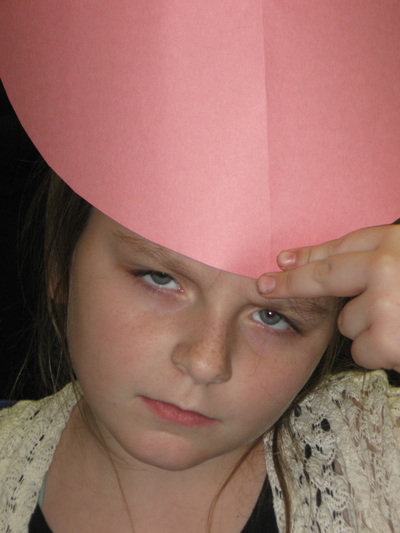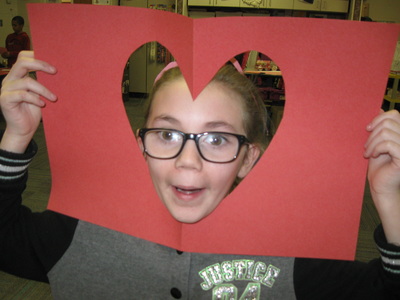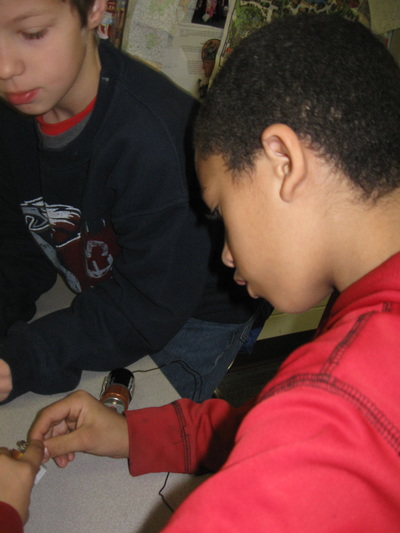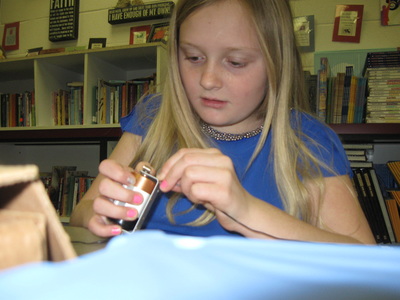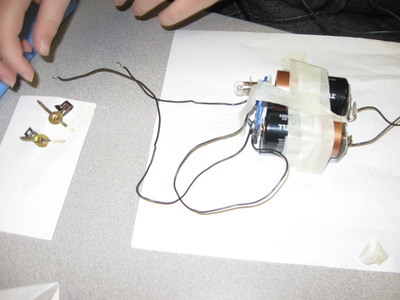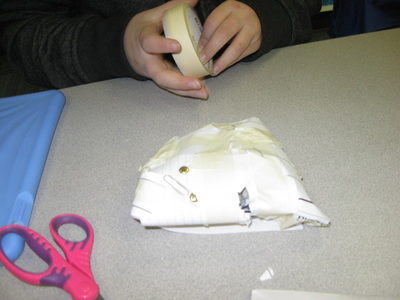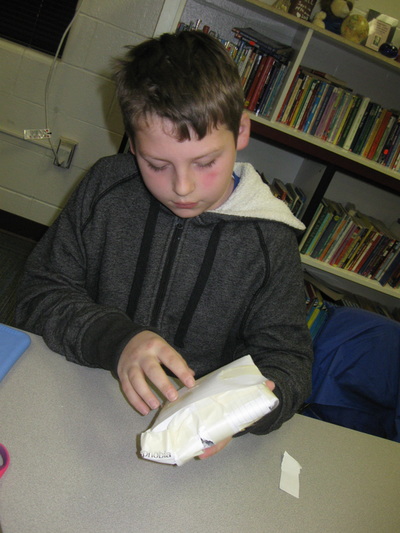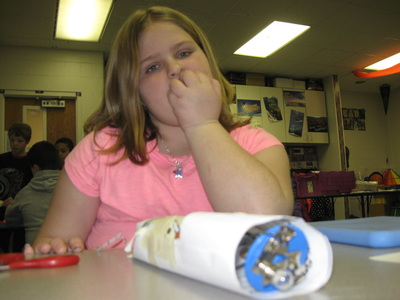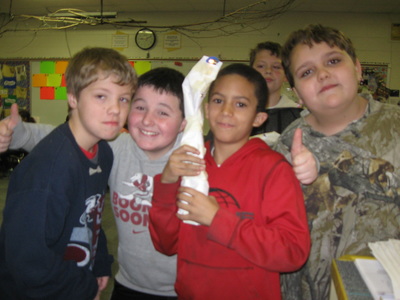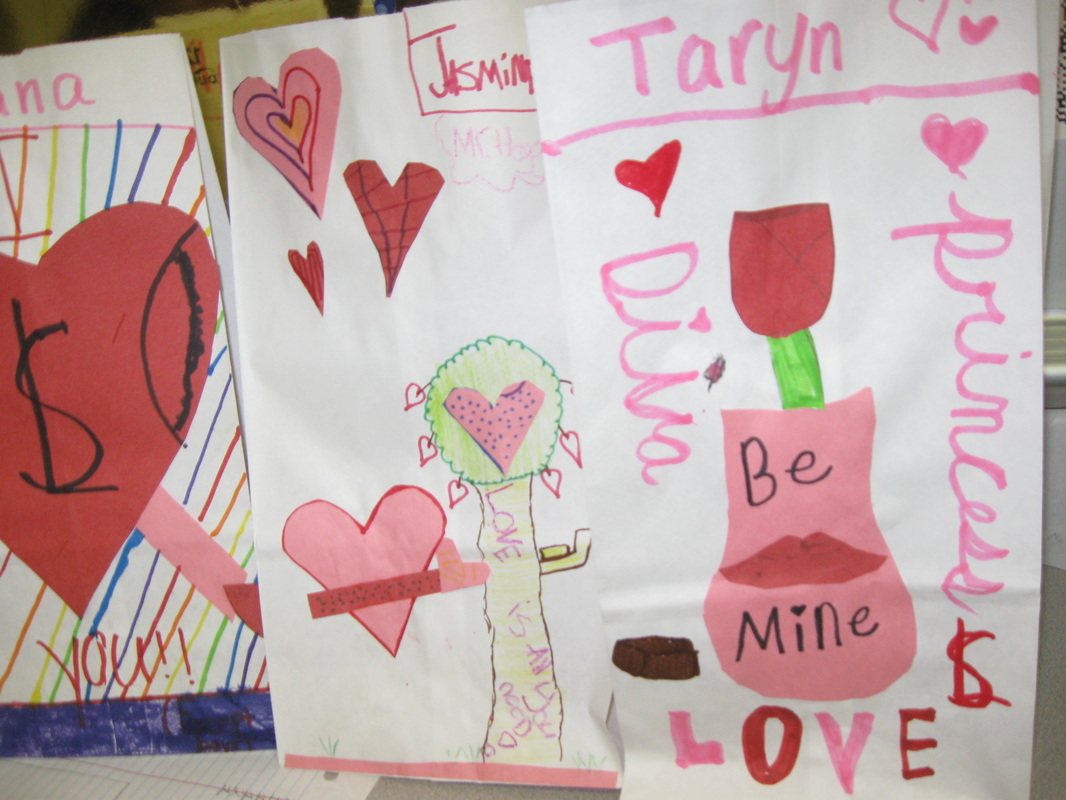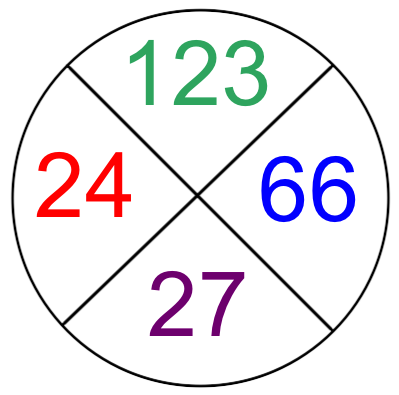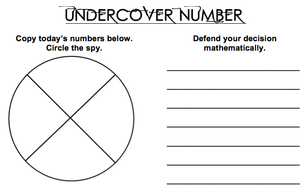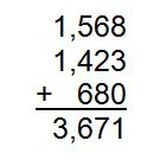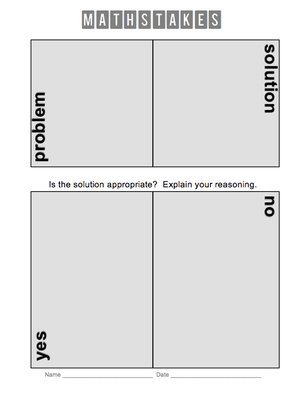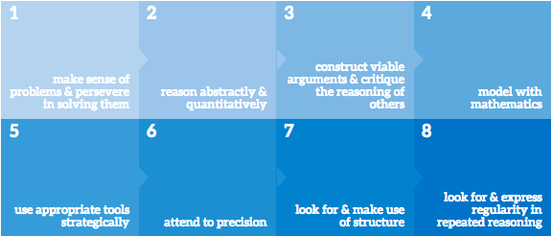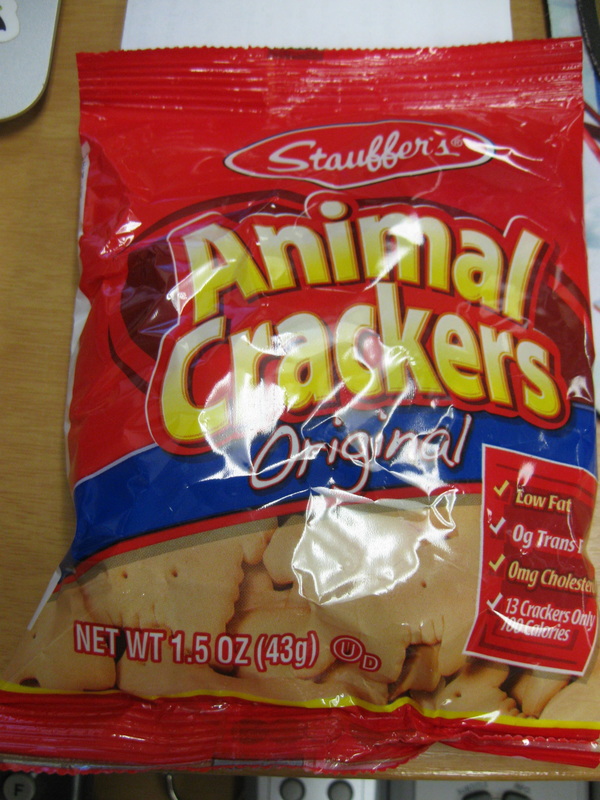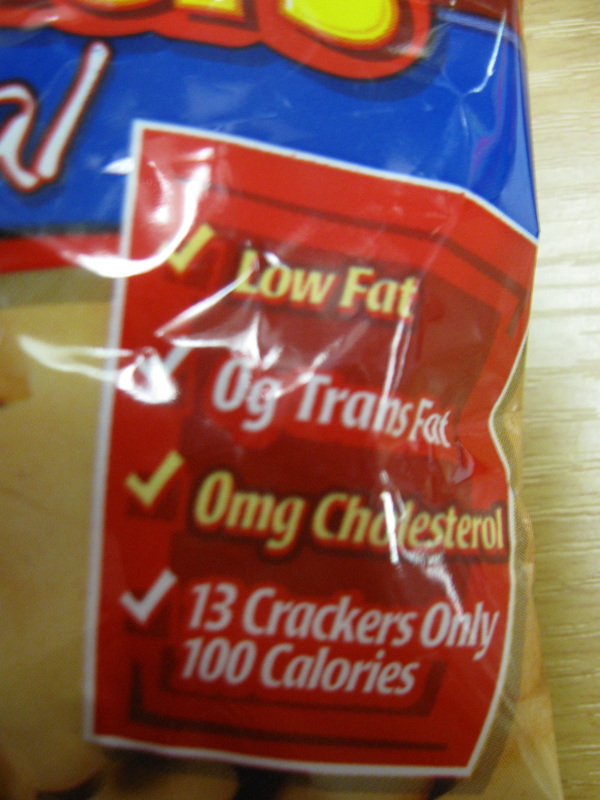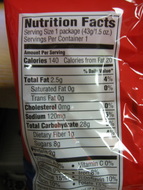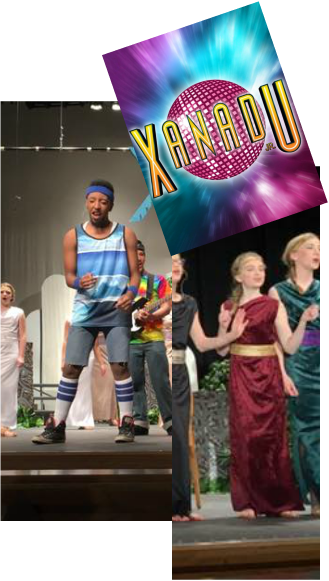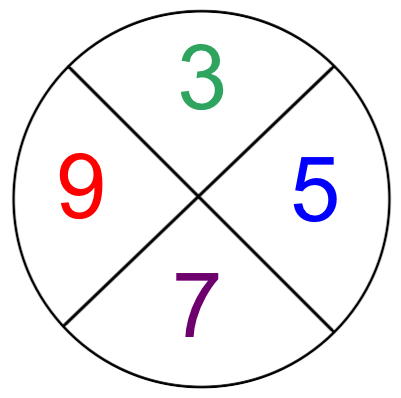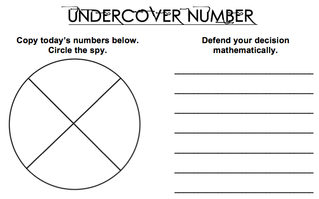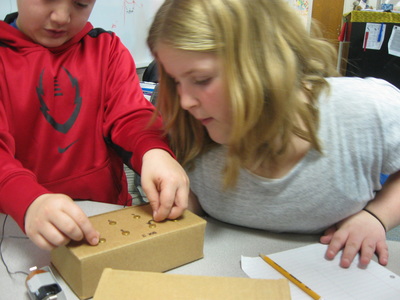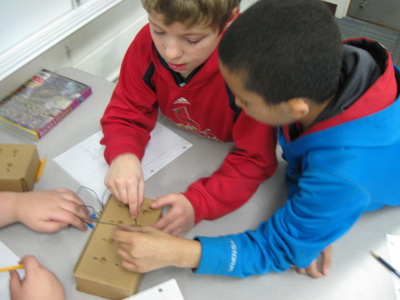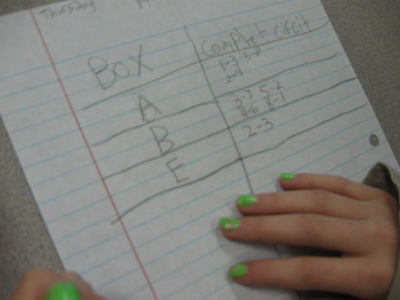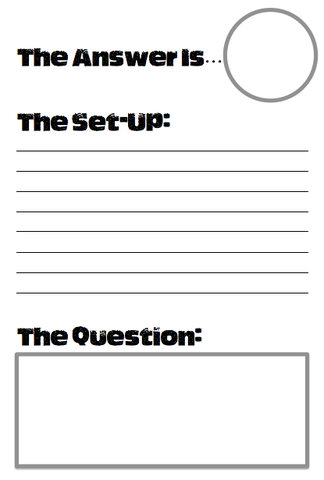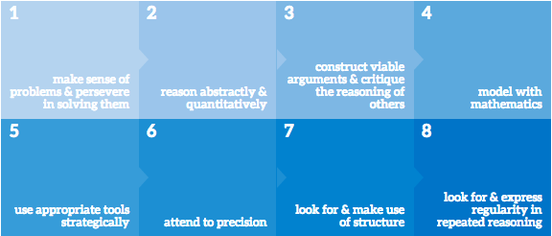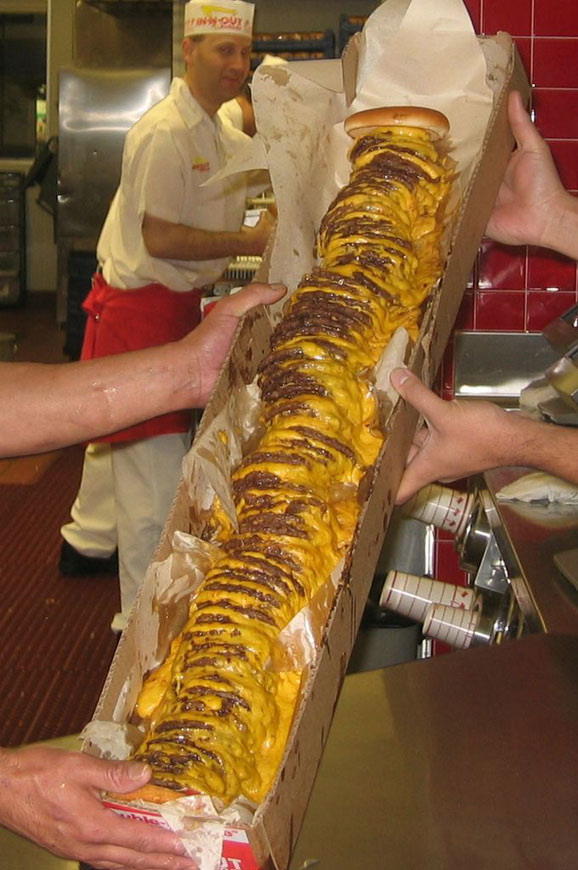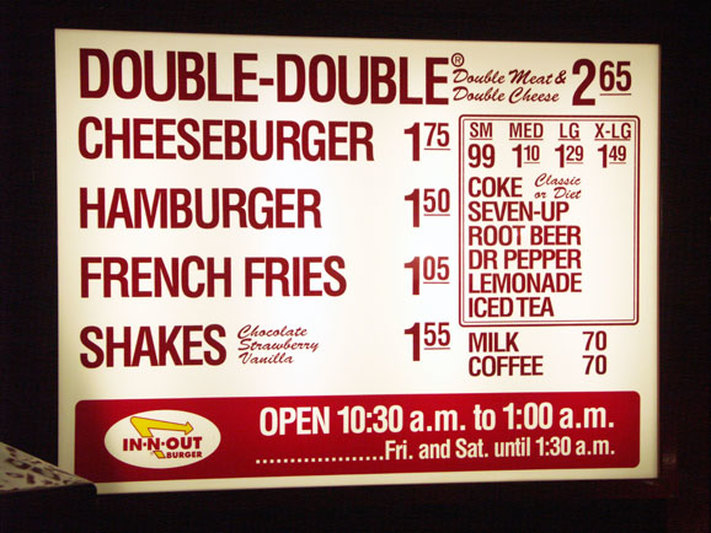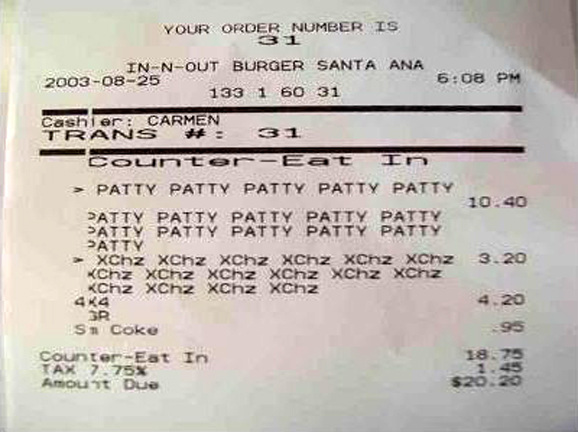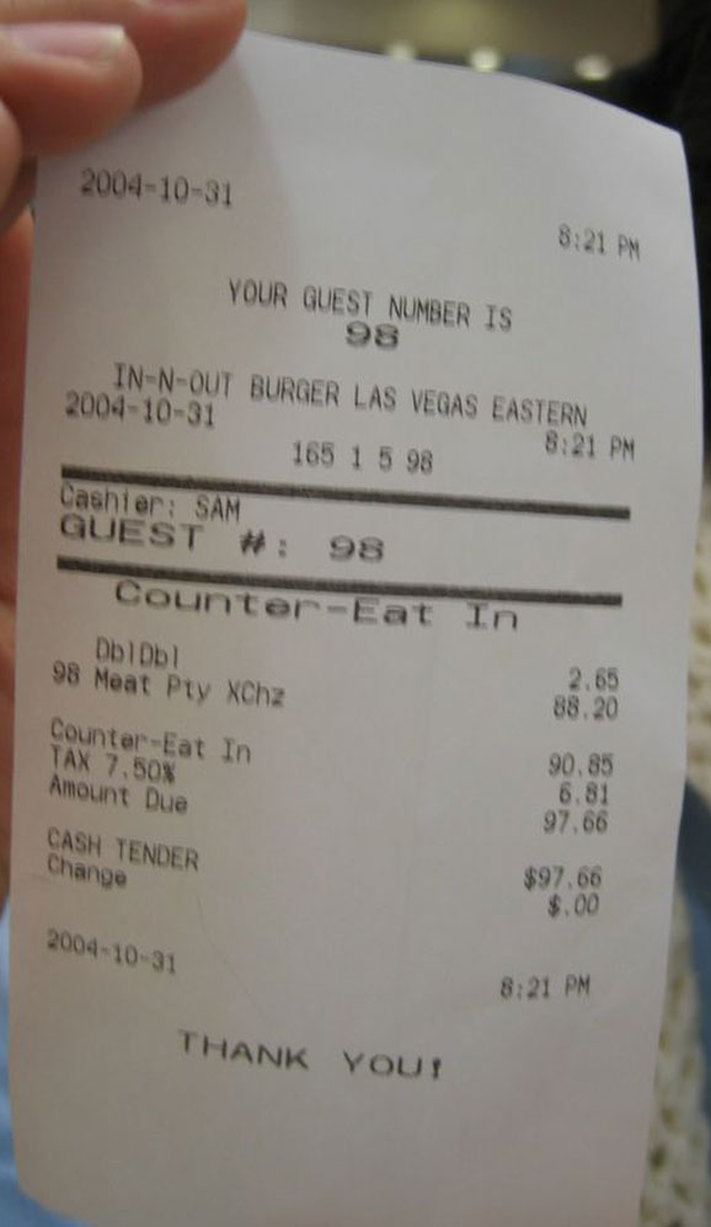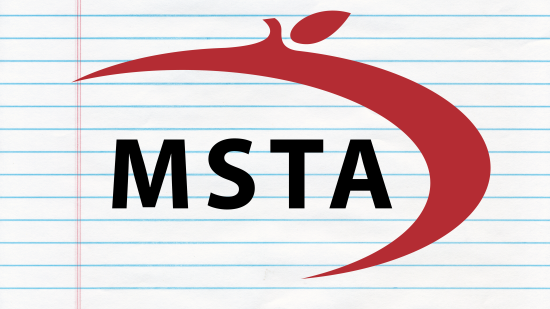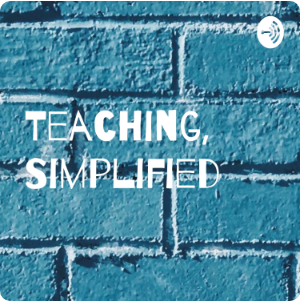Thankfully, we always have parents who show up to conduct the party proper. Hey, if it were up to me, this party thing wouldn't last more than 20 minutes, so be thankful for your parents, kids!
|
Party days will take years off a teacher's life. The anticipation of a party, no matter what the party might celebrate - Halloween, Christmas, Valentine's Day, Vincent Price's Birthday, whatever - the behavior of a 10-year-old transforms. It takes a lot of energy and focus to harness that transformation, and after harnessing it all day, by the time the actual party rolls around, it's ready to burst forth into the cold sunshine and frolic like it's nobody's business. That last hour of the school day can be the worst hour of one's entire career. Thankfully, we always have parents who show up to conduct the party proper. Hey, if it were up to me, this party thing wouldn't last more than 20 minutes, so be thankful for your parents, kids!
0 Comments
Our electric circuit lessons have come this: the making of flashlights. They're probably not something you'd want to carry through the dark forest during a heavy rainstorm, but they do work. I try to designate some specific requirements for the flashlights: I like for them to be durable enough to withstand a basic shake test, and I like for the "guts" to be fully enclosed in the "case" of the structure. The switch has to work, too. The biggest struggle for the teams seemed to be trying to figure out how to include a switch in the system. While we built a basic series circuit with a switch, the day before, some groups wanted to use a parallel circuit for their flashlights. For the longest time, the switch seemed to make no difference: the light would not turn off. Finally, they figured out the switch had to go between the battery and the light bulb. Enclosing the system in a paper case was also a challenge.
We spent some time, a couple of days ago, to make valentine bags for today's party. Visiting parents may come to the classroom at 2:00 (and did I mention that I like chocolate?).
Mathstakes - or Math Mistakes - are an attempt to encourage students to find and correct mistakes. Most are introduced with a visual prompt, but there is no other word prompt outside of the visual. In addressing the visual, learners must first find, or construct, what they believe the problem. They must then figure out what was done in the visual to solve the given problem. The problem and solution are always provided in the visual. After this, learners are charged with the task of determining whether the solution is appropriate. If so, they must defend it; if not, they must explain - or teach - a better process.
Here's the second of five new videos from ClassDojo dealing with Growth Mindset. This one explores the art of accepting and learning from mistakes, something I think I've mentioned more than a few times to my students. Look at these images, and describe what you see: Write down the first mathematical question that comes to mind. As a class, we will decide on a central question to work on. Make three smart guesses to answer the central question: a guess too low, a guess too high, and a guess in the middle. Place your guesses on the number line.
A little mystery brings life to a cold January morning. I presented 12 boxes to the class, and challenged them to find which of the brass brads in the tops were secretly wired together on the inside. Some boxes had one pair of complete circuits, while others had up to four; one "trick" box had no circuits at all.
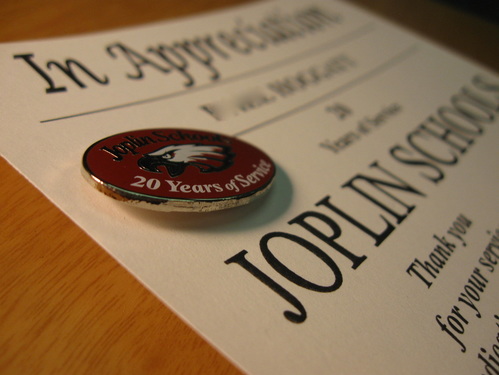 I was happy and proud to receive this pin yesterday. Though I have taught almost 26 years, almost 21 of those years have been teaching fourth graders in Room 404 at Cecil Floyd Elementary School. There are ups and downs in every profession, but I am constantly reminded that this job allows me the opportunity to start over and improve every year. It allows me to be creative, to think critically, and to impact the lives of future generations. There is great responsibility, and I continue to tweak my mistakes and improve my techniques.
Observe these pictures and describe what you see. Write down the first mathematical question that comes to mind. As a class, we will decide on a central question to work on. Make three smart guesses to answer the central question: a guess too low, a guess too high, and a guess in the middle. Place your guesses on the number line.
What information is necessary in order to answer our central question? What information is provided above? What tools might you need to solve the problem? What strategies might you use? Solve to answer the central question.
|
AnthemThe Hoggatteer Revolution
is an extensive, award-winning, inimitable, digital platform for Encouraging and Developing the Arts, Sciences, and honest Christianity in the beautiful, friendly LAND OF THE FREE AND THE HOME OF THE BRAVE This site is described as
"a fantastic site... chockablock full of interesting ideas, hilarious anecdotes, and useful resources." 
...to like, bookmark, pin,
tweet, and share about the site... and check in regularly for new material, posted often before DAWN'S EARLY LIGHT! History in ResidenceElementary Schools: Bring Mr. Hoggatt into your classroom for a week of engaging and rigorous history programming with your students. LEARN MORE BUILDING BETTER
|
